Dolce & Gabbana’s Baby Perfume
“The Baby Smell.” Did you just read those three words and immediately smell that one of a kind sweet scent you just can’t help but smile at? To my nose, it’s a blend of baby formula, Johnson & Johnson soap, clean laundry, and that indescribable, undefinable, ‘baby’ ingredient that no one has ever been able to pinpoint or recreate.
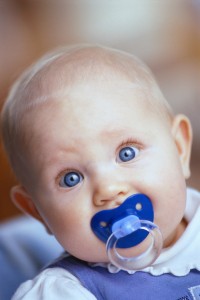
Sadly, the perfumers over at Dolce & Gabbana don’t quite see eye-to-eye with me on this one. The fashion house has launched a new fragrance designed for babies.
Upon reading this headline, I was quickly struck with the sad realization that our society’s need to quicken up the growing up process is now trying to rid infants of their natural, innocent smell. Where will it end?
During pregnancy, expectant mothers go to great lengths to alter their routines in order to ensure their child’s development will not be hindered or negatively impacted by environmental toxins. They stop eating certain foods, drinking certain drinks, partaking in certain activities (even hair dying!) all in the name of their baby’s wellbeing. Way to go, moms.
If new moms go to such great lengths to secure a ‘toxin free’ environment for their child, doesn’t it seem ironic to sell them a spritz-able, scented, chemical cocktail for their newborn’s skin? Months of hard work and strong willpower down the drain with one pump of the nozzle on this aromatic mist.
The reality is, companies like Dolce & Gabbana are banking on a lack of consumer knowledge about their products and about environmental toxins in general.
Here come the facts:
- 95% of the ‘fragrant’ elements of perfume are petroleum chemicals[i], many of which have been classified as neurotoxins. They cause harmful effects on the brain and nervous systems due to a person’s prolonged exposure[ii]. Some of these have even been labeled ‘toxic waste’ by the EPA.
- Perfume companies are not, by law, forced to disclose ingredients to their consumers or the public at large, instead calling them ‘trade secrets’. While they make a profit off of their ‘super secret formula’, we get lung disease, depression, skin rashes, central nervous system disorders, chest tightness, fatigue, asthma, and pollution of our bloodstream[iii][iv].
- When tested on pregnant rats, the chemicals in perfume have been linked to the future infertility of the mother, and underdevelopment by way of undescended testes in the male children[v].
Sadly enough, however, ‘baby perfumes’ aren’t the only danger new parents should avoid. Check out Forbes Magazine list of known carcinogens that have been found plaguing our baby products.
There has even been formaldehyde found in Johnson & Johnson baby soap.
While it seems like the fight for toxin-free baby products may be a tad overwhelming, please know that we as consumers have the ability to stop even more harmful products from making their way onto the market.
Tell Dolce & Gabbana you don’t want their synthetic chemicals all over your baby’s skin by signing the Campaign for Safe Cosmetics' petition :
http://org2.democracyinaction.org/o/5500/p/dia/action/public/?action_KEY=12784

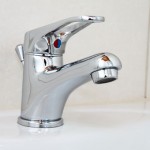


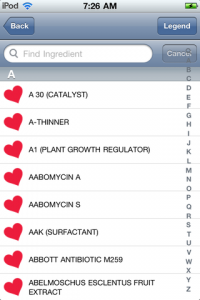
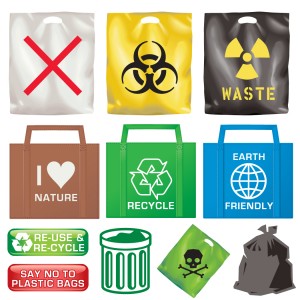
![MP900337413[1]](https://www.good-chemistry.org/wp-content/uploads/2011/08/MP9003374131-214x300.jpg)
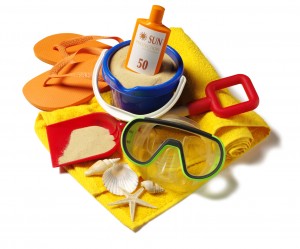 Last week’s sweltering temperatures and the fresh burn on my pale skin painfully remind me it’s time to find some sunscreen. I can only fool myself so many times into believing that if I just wait the extra hour to slather on the SPF-60, I’ll manage a sun-kissed glow…this year I’m determined to avoid lobster-toned August—and to fully shield my skin from skin cancer.
Last week’s sweltering temperatures and the fresh burn on my pale skin painfully remind me it’s time to find some sunscreen. I can only fool myself so many times into believing that if I just wait the extra hour to slather on the SPF-60, I’ll manage a sun-kissed glow…this year I’m determined to avoid lobster-toned August—and to fully shield my skin from skin cancer. 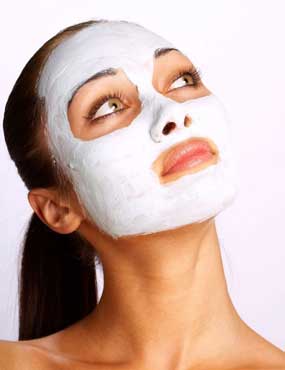 I am currently in a class at UVM entitled Women’s Health and the Environment. One of the most recent topic we've explored is the crazy and dangerous world of cosmetics.
I am currently in a class at UVM entitled Women’s Health and the Environment. One of the most recent topic we've explored is the crazy and dangerous world of cosmetics.